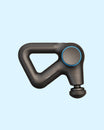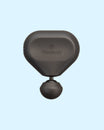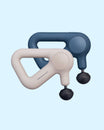121 Smart Home Statistics in 2025
The smart home industry continues to evolve at a rapid pace, transforming the way we live, work, and interact with technology. From enhancing convenience and security to providing energy-saving solutions, smart home devices are becoming an integral part of modern households worldwide.
We have compiled 121 Smart Home Statistics to help you understand the latest trends, consumer insights, opportunities, and emerging challenges in the industry.
Whether you're a homeowner, industry professional, or simply curious about the evolution of smart living, this collection offers valuable insights to stay informed and ahead of the curve.

01
Market Overview & Trends
The global smart home market is valued at USD 174 billion in 2025 and is projected to reach USD 250.6 billion by 2029. | Statista
The global smart home market is expected to grow at a CAGR of 9.55% between 2025 and 2029. | Statista
There will be almost 13.5 billion smart home devices in active use by 2025. | Juniper Research

Worldwide smart home household penetration is predicted to reach 77.6% in 2025 and is expected to hit 92.5% by 2029.. | Statista
United States dominated the smart home market with USD 42.96 billion in revenue in 2025, followed by China, United Kingdom, Japan, and Germany. | Statista
Asia-Pacific is expected to be the fastest-growing region for the smart home market during 2023-2030. | Vantage Market Research
The number of smart homes in Europe is predicted to reach 101.2 million by 2028, representing a market penetration of almost 42%. | Berg Insight
The African smart home market is projected to reach USD 2.4 billion in 2024. | Statista
China has the highest ratio of smart home device owners, with more than 90% of individuals owning one or more such devices. | Statista
85% of Americans own at least one smart home device. | Statista
4 in 5 adults in the UK own at least one smart home product. | techUK
Singapore's smart home household penetration is expected to reach 86.2% in 2025 and is projected to hit 99.7% by 2029. | Statista

02
Consumer Insights
Smart home product ownership is highest among consumers aged 12-24 and 25-34, with two-thirds of those cohorts owning a device. | Circana
18% of US homes have six or more smart home devices. | Park Associate
Americans have spent $1,172 on smart home tech, but they’re willing to spend an average of $2,475. | Mortgage Cadence
One-third of US internet households with homeowner’s/renter’s insurance would switch providers to acquire smart home devices. | Park Associate
Convenience is the #1 top reason behind smart home device purchases. | ADT

77% of users believe that smart home devices improve their overall quality of life. | Deloitte
Most consumers begin their smart home journey with standalone devices, while only 12% initially plan to purchase a full smart home system. | Interpret
60% of US smart home device owners reported feeling safer. | Nationwide
2 in 5 people would not go back to living without smart home tech. | Mortgage Cadence
1 in 5 people are using paid subscription services alongside their connected home devices. | techUK
Consumers with children under 18 show more interest in smart home tech, with 36% expressing interest compared to 24% of those who were not a parent or guardian. | Realtor
Current adopters of smart home technologies tend to be tech-savvy, upper-middle-income households. | ACEEE

03
Barriers to Adoption
Up-front purchase costs and the perceived complexity of smart technologies are the leading barriers to investment in the smart home. | ACEEE
In 2023, no single smart home device has reached more than 30% of households yet. | Deloitte
41% of households consider smart home devices as neither affordable nor valuable. | Park Associate
1 in 3 people struggle to operate their smart home devices. | Business Wire

1 in 5 users reported that smart home devices caused frustration or added complexity. | Deloitte
40% of people have contacted customer support about their smart home devices at least once. | Mortgage Cadence
One-third of consumers agree that smart home products are difficult to set up and/or install. | Cricana
The trickiest devices to install are smart thermostats (13%) and smart security cameras (11%). | TechSee
Key barriers to mass adoption include cost, security threats, the technological fragmentation present in the smart home industry, and the difficulties inherent in linking and integrating the numerous and disparate devices and systems. | Forbes
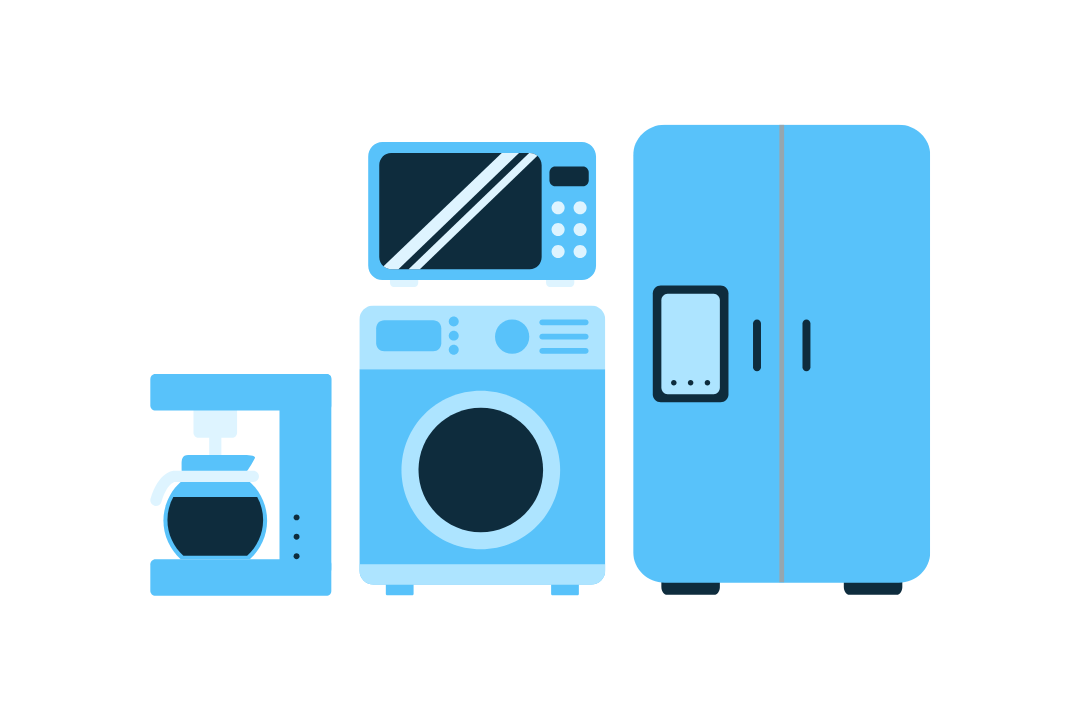
04 | Smart Home Devices
Smart Appliances
The smart appliances market is projected to generate a revenue of USD 68.7 billion in 2025 and will reach USD 99.9 billion by 2029 with an annual growth rate of 9.81%. | Statista
12.9% of households worldwide is projected to own a smart appliance in 2025. | Statista
China is the world’s largest market for smart appliances, accounting for more than USD 19 billion in revenue in 2025. | Statista
Ownership rate of smart appliances in India, China, and South Africa is significantly higher than in European countries like France, Germany, and the United Kingdom. | Statista
The most popular smart appliances in the kitchen are smart fridges (4.7%), smart dishwashers (4.2%), smart ovens (4.2%), smart microwaves (4.1%), and smart coffee makers (3.4%). | Reviews
There are more Americans who own smart washing machines (5.2%) than smart fridges (4.7%). | Reviews
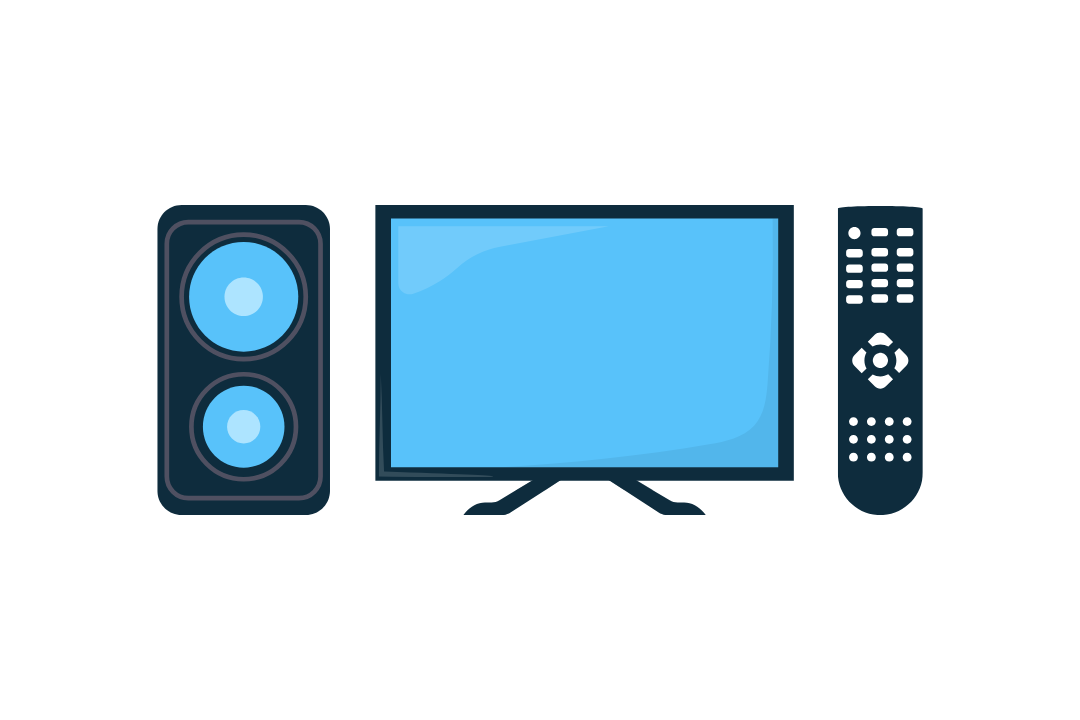
04 | Smart Home Devices
Smart Entertainment
In the smart home market, the smart entertainment devices segment held the largest market share in 2023. | Fortune Business Insights
The smart TV market size is estimated at USD 281.73 billion in 2025 and is expected to reach USD 313.96 billion by 2030, growing at a CAGR of 2.19%. | Mordor Intelligence
Smart TVs are the most popular smart home devices in the US, owned by 64% of Americans, followed by smart speakers, owned by 27%. | Statista
Samsung Tizen is the most commonly used smart TV operating system in the US in 2024. | Park Associate
53% of connected TV device owners and intenders see the benefits of staying within the same product ecosystem. | Park Associate

A fast and smooth user interface is the most important feature for smart TV purchases. | Park Associate
In 2023, almost all TVs sold in Germany were smart TVs. | Statista
The smart speaker market is projected to grow from USD 16.61 billion in 2025 to USD 33.7 billion by 2030, exhibiting a CAGR of 15.2%. | Mordor Intelligence
North America dominates the global smart speaker market in 2025 while Asia Pacific emerges as the fastest growing market. | Mordor Intelligence
Amazon Echo is the #1 top smart speaker in the US, owned by 65% of smart speaker users in 2024. | Statista
In 2024, Amazon Echo is estimated to have 70.2 million users in the US as compared to Google Nest with 36 million users. | eMarketer
Audio listening is the top usage of smart speakers, while only 9% of the US population uses smart speakers for smart home control. | eMarketer
29 million people in the US are predicted to make purchases via a smart speaker in 2024, accounting for 10.2% of the population. | eMarketer
53% of smart speaker owners who have heard an ad on their device say they are likely to respond to ads on their smart speaker. | National Public Media

04 | Smart Home Devices
Smart Energy & Lighting
Smart home device shipments for energy management, specifically smart thermostats, smart lights, and smart plugs, will grow from 230.9 million in 2024 to over 584 million in 2030. | PR Newswire
The smart thermostat market size is estimated at USD 6.41 billion in 2025 and is expected to grow at a CAGR of 20.10% between 2025-2030. | Mordor Intelligence
In 2022, 12% of US renovating homeowners bought a smart thermostat, while 13% selected a standard thermostat. | Houzz
In 2022, 10.3% of Americans own a smart thermostat. | Reviews

Smart thermostat installations in the US are expected to reach 38.3 million by 2026, saving 15.5 TWh of electricity. | Utility Dive
The smart lighting market size is estimated at USD 22.98 billion in 2025 and is expected to grow at a CAGR of 20.47% between 2025-2030. | Mordor Intelligence
By 2030, the global smart lighting market is expected to almost quadruple to USD 44 billion from approximately USD 11 billion in 2020. | Statista
Asia Pacific dominated the smart lighting market in 2025. | Mordor Intelligence
Wi-Fi-compatible bulbs and lamps have had production growth of over 4,000% since 2013. | The CE Shop
The indoor lighting segment dominated the global market in 2023, holding a share of over 70%, compared to outdoor lighting. | GM Insights
Light fixtures were the most popular indoor technology purchase among renovating homeowners (55%) in 2022, with 17% opting for smart lighting. | Houzz
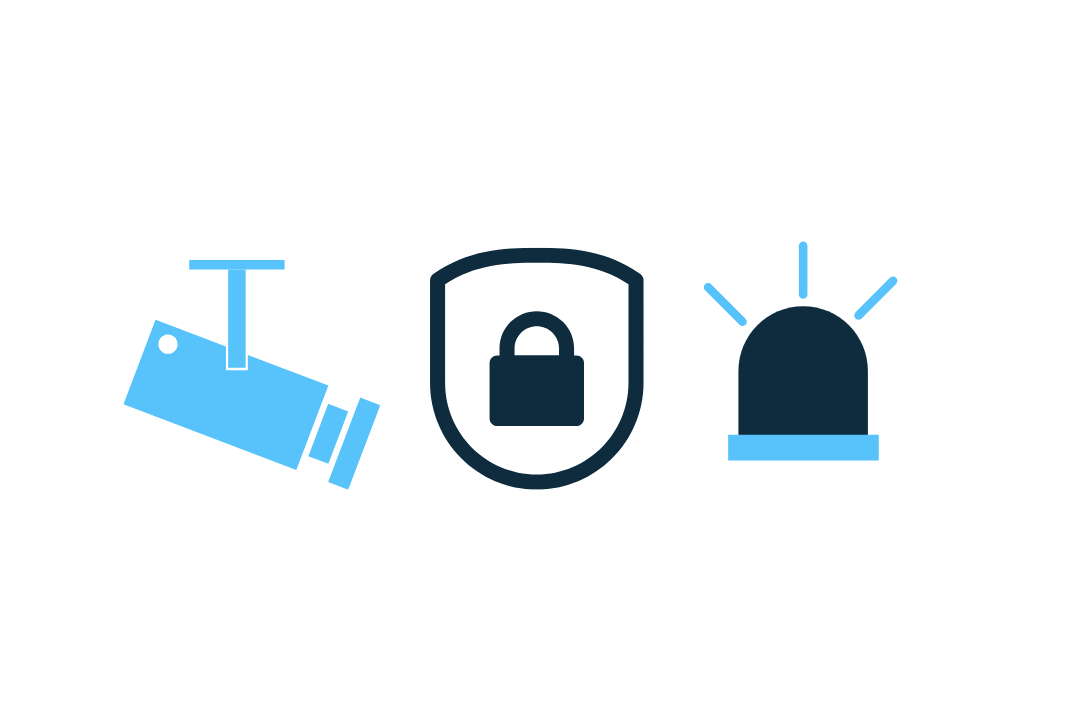
04 | Smart Home Devices
Smart Security & Access
The smart home security market size is estimated at USD 36.94 billion in 2025 and is expected to grow at a CAGR of 13.81% between 2025-2030. | Statista
The global penetration rate of smart security cameras is expected to reach 7.1% by 2026. | Statista
Video doorbell is the most popular smart home security and safety device in the US. | Reviews
22% of U.S. internet households were projected to own at least one video doorbell by year-end 2023. | Park Associates
78% of US home insurance agents recommend smart home products, with the most suggested devices being smoke/carbon monoxide sensors (56%), smart locks (54%), and water leak-prevention sensors (54%). | Nationwide
Smart home security systems can help cut down on insurance costs. | Consumer Reports
Outdoor cameras (17%), doorbell cameras (16%), and smart locks (15%) are the most common home security features homeowners want to self-install. | Vivint
Security cameras are the most common smart home device that requires assistance from customer service. | Mortgage Cadence

05
Voice Assistants & Control
In 2024, the number of digital voice assistants being used worldwide is expected to reach 8.4 billion units – a number higher than the world’s population. | Statista
An estimated 149.3 million US users will talk to voice assistants in 2024 for help with a variety of tasks. | eMarketer
In 2025, Google Assistant users will reach 91.9 million, ahead of Siri’s 86.5 million and Alexa’s 77.2 million. | eMarketer

The adoption of voice assistants such as Alexa and Google Assistant will be a key factor behind smart home growth. | Juniper Research
The number of voice assistants used to access smart home devices is expected to reach 555 million by 2024. | Juniper Research
Nearly 4 in 5 smart home device owners preferred to control their devices via voice command as opposed to using a mobile app. | ADT
In 2024, 61.9% of Millennials use voice assistants, compared to 55.2% of Gen Z. However, Gen Z is expected to lead voice assistant usage with 64% by 2027. | eMarketer
44% of consumers have used their voice assistant to control another smart home device in their home. | PWC
85% of consumers said a smart device(s) they owned influenced what kind of voice assistant they used. | PWC
When buying a smart home device, 89% of consumers were influenced by its compatibility with their voice assistant. | PWC

05
Ecosystems & Integration
Only 31% of smart home users have landed on a specific smart home ecosystem. | Deloitte
Amazon Alexa is so far the most popular and widely used smart home ecosystem. | The Verge
As of 2020, Amazon Alexa can control more than 100,000 smart home devices from 9,500 brands. | Statista
53% of consumers have concerns about interoperability between smart home products. | Cricana
77% of consumers said it was important that all their smart devices were able to communicate with each other from the same platform or app. | Samsung
79% of users think interoperability is very or somewhat important, and 34% said they want all their devices to work together seamlessly. | Deloitte
80% of people consider smartphone connectivity to remain essential or quite important when considering a new smart home product. | techUK
Device integration or interoperability is among the biggest internal challenges faced by smart home device developers. | Omdia
The emergence of Matter, a new protocol that allows smart devices to be compatible across brands, will push market growth for smart home devices. | GM Insights
As of July 2024, there are over 1,400 new Matter-certified devices on the market. | Tom's Guide
2.4GHz Wi-Fi is currently the most popular protocol for smart home devices. | The Verge

06
Energy Efficiency & Cost Savings
71% of consumers said energy efficiency is a key factor when considering a smart home. | Samsung
4 in 5 homeowners believe smart home technology can reduce their bills by using less electricity. | Business Wire
2 in 5 consumers expect the cost of purchasing energy-saving smart appliances to be recovered within a year through lower energy bills. | techUK
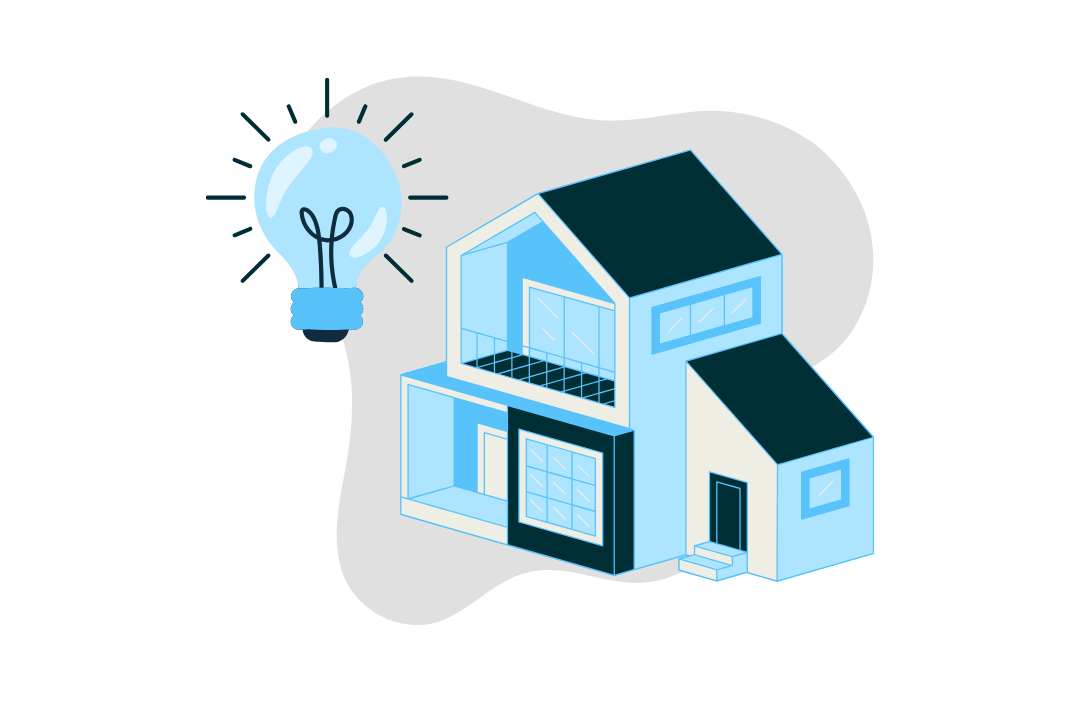
Smart lighting has the potential to save 7-27% of a home’s lighting energy use. | ACEEE
Smart appliances can reduce energy costs for a typical household for 2-9%. | ACEEE
Smart outlets, smart plugs, and advanced power strips can reduce plug load energy consumption by up to 50% in some households. | ACEEE
Smart thermostats can reduce HVAC energy consumption by an average of 8% for heating and 10% for cooling. | ACEEE
If smart thermostats were installed in every home with an HVAC system by the end of 2026, the US could reduce annual space heating and cooling energy consumption by 9% or 45.4 TWh per year. | Utility Dive
Smart home automation can reduce the cost of claims for insurance carriers by as much as 30%. | McKinsey

07
Privacy & Security Risks
Smart home devices could be exposed to more than 12,000 scanning or hacking attempts in a single week. | Which?
An estimated 80% of IoT devices are vulnerable to a wide range of attacks. | Rambus
76% of people have concerns about privacy with smart home devices. | Mortgage Cadence
1 in 3 people is worried about their smart home devices being hacked. | CraftJack
Amazon Echo is the no #1 top device Americans worry could be hacked. | CraftJack
76% of people think their smart home devices listen to them, and 61% believe they are always eavesdropping. | CraftJack
62% of users reported having received related ads after talking near one of their smart home devices. | CraftJack
1 in 3 users have turned off a smart home device for fear of being listened to or tracked. | CraftJack
1 in 10 smart home apps collected data for user tracking. | Surfshark
Outdoor security camera apps are among the top collectors of user data, gathering an average of 12 data points, which is 50% more than typical smart home devices. | Surfshark

08
Smart Home & Real Estate
7 in 10 homebuyers are looking for a smart home, and 78% are willing to pay more for a home with smart devices. | Security
28% of Millennial homebuyers valued smart home technology as their biggest priority when purchasing a property. | AOL
On average, smart homes cost nearly 2x more than non-smart homes. | Vivint
More than 1 in 10 Americans were willing to go over budget to buy a smart home, spending an average of $15,323 more. | Vivint
46% of prospective homebuyers couldn’t afford to buy a smart home. | Vivint
Contractors who invest in smart home technologies realize 50% returns on their investments. | Forbes
Smart home devices can boost a property’s resale value by 5%. | Realtor
86% of Millennials and 65% of Baby Boomers are willing to spend more money renting a place with smart home technology. | AOL
On average, Millennials are willing to pay 20% higher rents for smart home features. | Curbed


